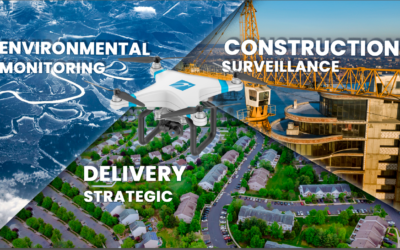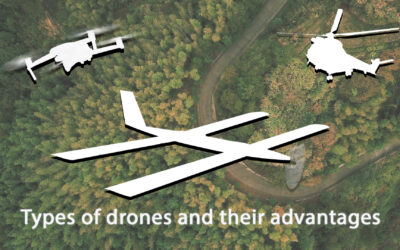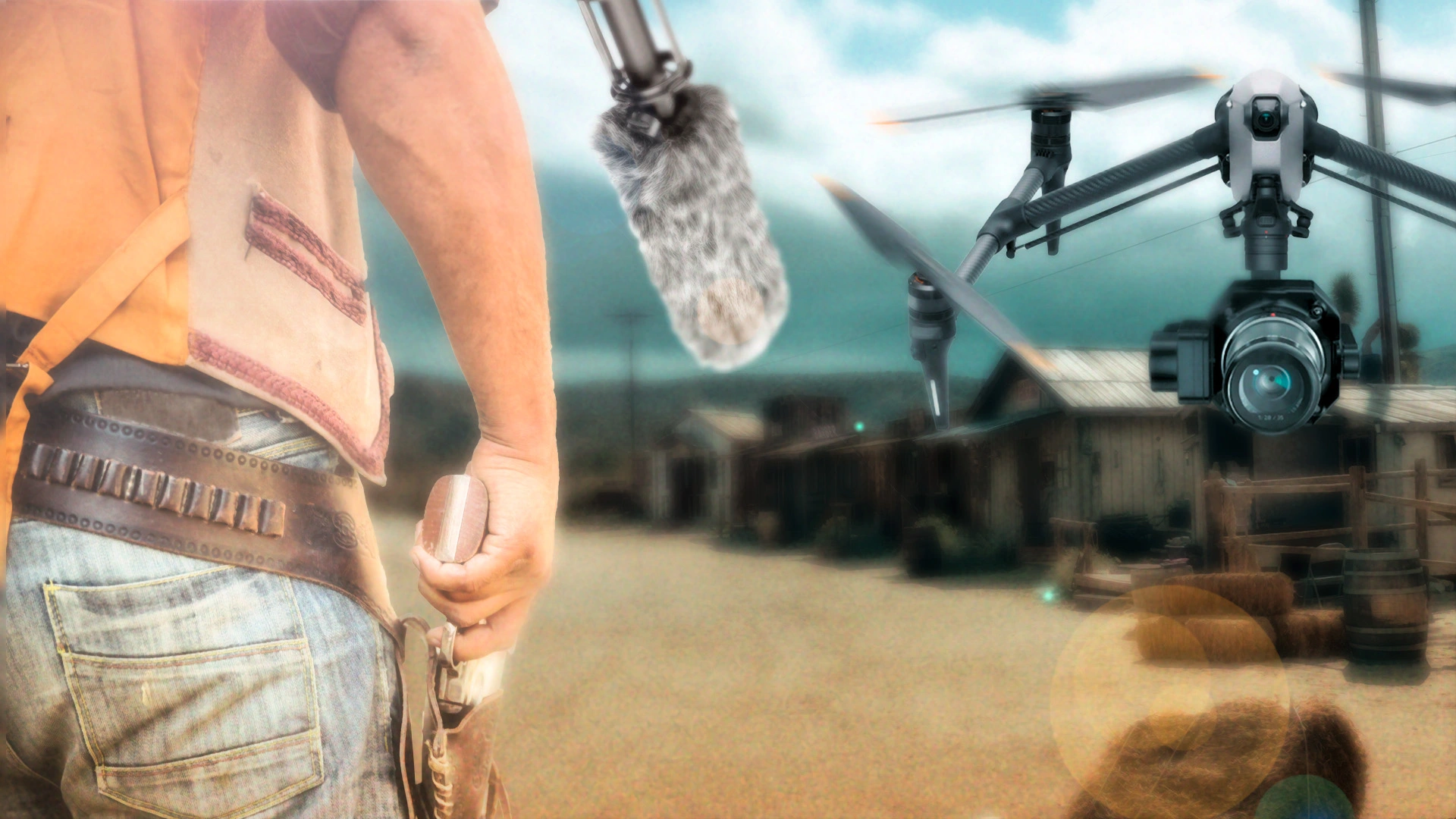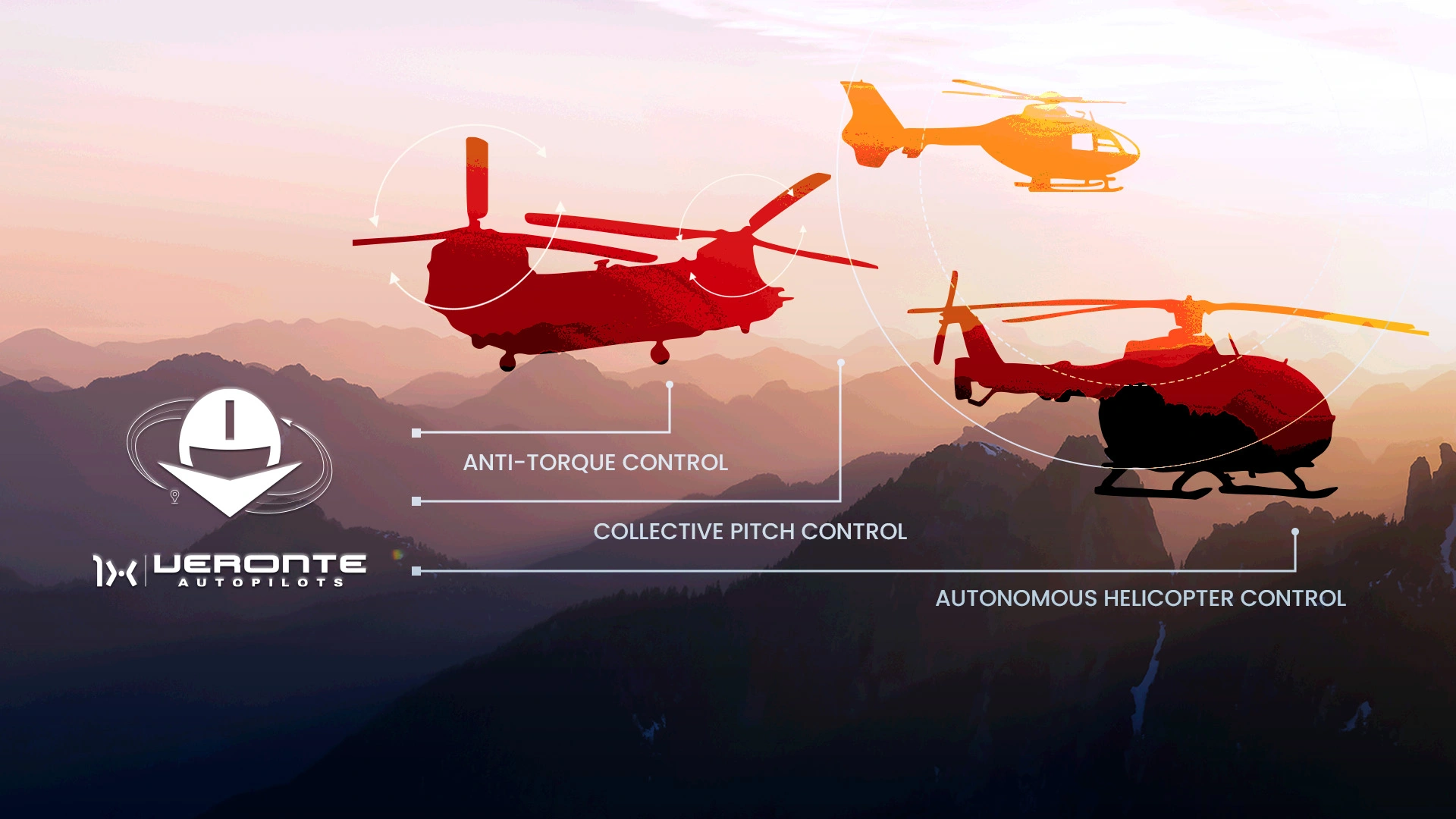Flight control systems in UAVs, professional drones, and unmanned aerial systems have aroused great interest nowadays. The challenge is to achieve a totally autonomous aerial platform, fully unmanned, regardless of external agents, as well as being able to make easier piloting by the drone operator.
Adaptive control technology is nowadays present in a wide variety of industries, such as automotive, and is also included in some professional UAV autopilots. Certain vehicles with ‘adaptive cruise speed control‘ control the speed during the driving, so in case the presence of another vehicle is detected traveling ahead at a slower speed, the speed is automatically reduced. Once the lane is free, it automatically accelerates to the preset cruise speed.
In other words, adaptive control is a method that permits to adapt the vehicle’s control in accordance with variable parameters initially unknown. Unlike non-adaptive control, adaptive control doesn’t require initial information of the unknown or variable limits in the UAV. The non-adaptive controllers keep control parameters fixed during all the operation, maintaining them fixed for any flight envelope; however, adaptive control focuses on the control changes, adjusting the different parameters according to variations in the platform and the environment.
Adaptive control on UAV autopilots
Traditional control systems and UAV autopilots are configured by PID controllers to adjust the control parameters to the specific needs of the platform. Adapting the control system configuration to static operating conditions.
Adaptive control in the UAV permits to configure the controller so it automatically adapts control parameters to the changing flight conditions. For example, during the flight of an aircraft, its mass slowly decreases as a result of the fuel consumption; in order to optimize the control of the platform, it is necessary a control rule that fits this change in the system, which some autopilots can already manage.
There are two ways to make this adjustment: by applying a conversion formula that automatically adjusts the controller according to certain variables in the system or by integrating layout auto-identification algorithms, so that the system performs the controller sets itself according to the overall state of the system controlled by the autopilot.
Application of the adaptive control on UAVs
The applications where the integration of an adaptive control system is necessary for unmanned aircraft are diverse; some of the main ones are:
- Large Aircraft: The amount of fuel varies considerably between takeoff and landing, so characteristics such as weight, mass center, inertia, etc. perform great variations throughout the flight.
- Aircraft for logistics and liquid dispersion: The mass varies considerably throughout the mission, either punctually or continuously, producing a substantial change in the aircraft layout.
- High-speed systems: The control surface deflection affects in a different way depending on the speed; the autopilot adjusts the control to different speed ranges.
- Fault-tolerant system: In case a fault occurs in an engine or a control surface, the adaptive control system readjusts the drone control to compensate for the failure.
- Tethered aircraft: Changes in height and position in this kind of aircraft cause a variation in the force exerted by the cable, in both magnitude and direction.
As we have mentioned, there are some UAV autopilots that already integrate the adaptive control, as is the case of Veronte Autopilot 1x, capable of performing all features described above for any kind of UAV, including tethered drones.















